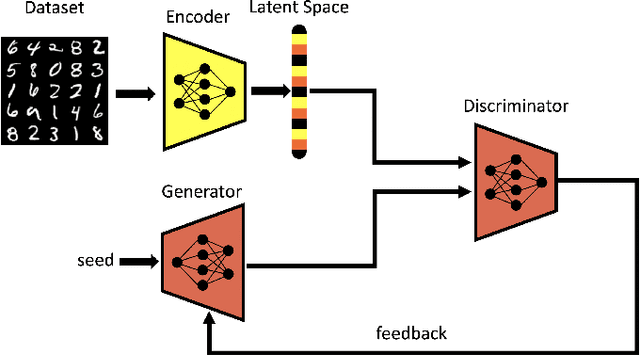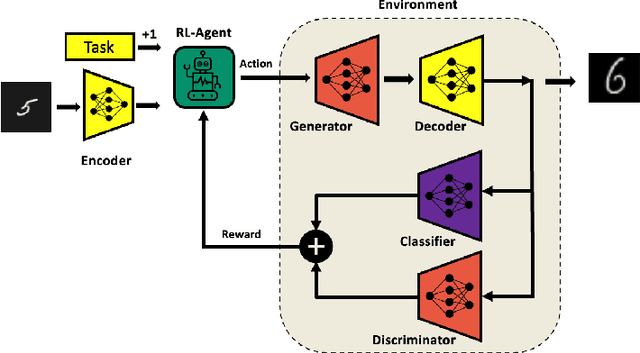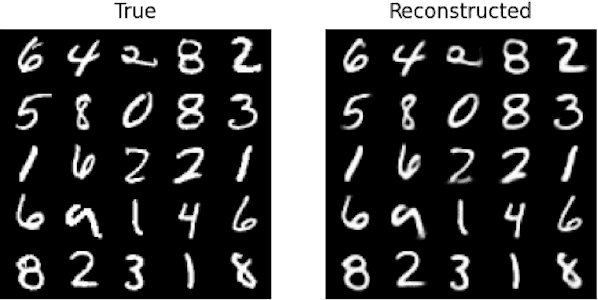Mahyar Abbasian
Building Trust in Mental Health Chatbots: Safety Metrics and LLM-Based Evaluation Tools
Aug 03, 2024Abstract:Objective: This study aims to develop and validate an evaluation framework to ensure the safety and reliability of mental health chatbots, which are increasingly popular due to their accessibility, human-like interactions, and context-aware support. Materials and Methods: We created an evaluation framework with 100 benchmark questions and ideal responses, and five guideline questions for chatbot responses. This framework, validated by mental health experts, was tested on a GPT-3.5-turbo-based chatbot. Automated evaluation methods explored included large language model (LLM)-based scoring, an agentic approach using real-time data, and embedding models to compare chatbot responses against ground truth standards. Results: The results highlight the importance of guidelines and ground truth for improving LLM evaluation accuracy. The agentic method, dynamically accessing reliable information, demonstrated the best alignment with human assessments. Adherence to a standardized, expert-validated framework significantly enhanced chatbot response safety and reliability. Discussion: Our findings emphasize the need for comprehensive, expert-tailored safety evaluation metrics for mental health chatbots. While LLMs have significant potential, careful implementation is necessary to mitigate risks. The superior performance of the agentic approach underscores the importance of real-time data access in enhancing chatbot reliability. Conclusion: The study validated an evaluation framework for mental health chatbots, proving its effectiveness in improving safety and reliability. Future work should extend evaluations to accuracy, bias, empathy, and privacy to ensure holistic assessment and responsible integration into healthcare. Standardized evaluations will build trust among users and professionals, facilitating broader adoption and improved mental health support through technology.
Empathy Through Multimodality in Conversational Interfaces
May 08, 2024Abstract:Agents represent one of the most emerging applications of Large Language Models (LLMs) and Generative AI, with their effectiveness hinging on multimodal capabilities to navigate complex user environments. Conversational Health Agents (CHAs), a prime example of this, are redefining healthcare by offering nuanced support that transcends textual analysis to incorporate emotional intelligence. This paper introduces an LLM-based CHA engineered for rich, multimodal dialogue-especially in the realm of mental health support. It adeptly interprets and responds to users' emotional states by analyzing multimodal cues, thus delivering contextually aware and empathetically resonant verbal responses. Our implementation leverages the versatile openCHA framework, and our comprehensive evaluation involves neutral prompts expressed in diverse emotional tones: sadness, anger, and joy. We evaluate the consistency and repeatability of the planning capability of the proposed CHA. Furthermore, human evaluators critique the CHA's empathic delivery, with findings revealing a striking concordance between the CHA's outputs and evaluators' assessments. These results affirm the indispensable role of vocal (soon multimodal) emotion recognition in strengthening the empathetic connection built by CHAs, cementing their place at the forefront of interactive, compassionate digital health solutions.
ALCM: Autonomous LLM-Augmented Causal Discovery Framework
May 02, 2024



Abstract:To perform effective causal inference in high-dimensional datasets, initiating the process with causal discovery is imperative, wherein a causal graph is generated based on observational data. However, obtaining a complete and accurate causal graph poses a formidable challenge, recognized as an NP-hard problem. Recently, the advent of Large Language Models (LLMs) has ushered in a new era, indicating their emergent capabilities and widespread applicability in facilitating causal reasoning across diverse domains, such as medicine, finance, and science. The expansive knowledge base of LLMs holds the potential to elevate the field of causal reasoning by offering interpretability, making inferences, generalizability, and uncovering novel causal structures. In this paper, we introduce a new framework, named Autonomous LLM-Augmented Causal Discovery Framework (ALCM), to synergize data-driven causal discovery algorithms and LLMs, automating the generation of a more resilient, accurate, and explicable causal graph. The ALCM consists of three integral components: causal structure learning, causal wrapper, and LLM-driven causal refiner. These components autonomously collaborate within a dynamic environment to address causal discovery questions and deliver plausible causal graphs. We evaluate the ALCM framework by implementing two demonstrations on seven well-known datasets. Experimental results demonstrate that ALCM outperforms existing LLM methods and conventional data-driven causal reasoning mechanisms. This study not only shows the effectiveness of the ALCM but also underscores new research directions in leveraging the causal reasoning capabilities of LLMs.
Knowledge-Infused LLM-Powered Conversational Health Agent: A Case Study for Diabetes Patients
Feb 28, 2024Abstract:Effective diabetes management is crucial for maintaining health in diabetic patients. Large Language Models (LLMs) have opened new avenues for diabetes management, facilitating their efficacy. However, current LLM-based approaches are limited by their dependence on general sources and lack of integration with domain-specific knowledge, leading to inaccurate responses. In this paper, we propose a knowledge-infused LLM-powered conversational health agent (CHA) for diabetic patients. We customize and leverage the open-source openCHA framework, enhancing our CHA with external knowledge and analytical capabilities. This integration involves two key components: 1) incorporating the American Diabetes Association dietary guidelines and the Nutritionix information and 2) deploying analytical tools that enable nutritional intake calculation and comparison with the guidelines. We compare the proposed CHA with GPT4. Our evaluation includes 100 diabetes-related questions on daily meal choices and assessing the potential risks associated with the suggested diet. Our findings show that the proposed agent demonstrates superior performance in generating responses to manage essential nutrients.
Conversational Health Agents: A Personalized LLM-Powered Agent Framework
Oct 03, 2023



Abstract:Conversational Health Agents (CHAs) are interactive systems designed to enhance personal healthcare services by engaging in empathetic conversations and processing multimodal data. While current CHAs, especially those utilizing Large Language Models (LLMs), primarily focus on conversation, they often lack comprehensive agent capabilities. This includes the ability to access personal user health data from wearables, 24/7 data collection sources, and electronic health records, as well as integrating the latest published health insights and connecting with established multimodal data analysis tools. We are developing a framework to empower CHAs by equipping them with critical thinking, knowledge acquisition, and problem-solving abilities. Our CHA platform, powered by LLMs, seamlessly integrates healthcare tools, enables multilingual and multimodal conversations, and interfaces with a variety of user data analysis tools. We illustrate its proficiency in handling complex healthcare tasks, such as stress level estimation, showcasing the agent's cognitive and operational capabilities.
Foundation Metrics: Quantifying Effectiveness of Healthcare Conversations powered by Generative AI
Sep 21, 2023Abstract:Generative Artificial Intelligence is set to revolutionize healthcare delivery by transforming traditional patient care into a more personalized, efficient, and proactive process. Chatbots, serving as interactive conversational models, will probably drive this patient-centered transformation in healthcare. Through the provision of various services, including diagnosis, personalized lifestyle recommendations, and mental health support, the objective is to substantially augment patient health outcomes, all the while mitigating the workload burden on healthcare providers. The life-critical nature of healthcare applications necessitates establishing a unified and comprehensive set of evaluation metrics for conversational models. Existing evaluation metrics proposed for various generic large language models (LLMs) demonstrate a lack of comprehension regarding medical and health concepts and their significance in promoting patients' well-being. Moreover, these metrics neglect pivotal user-centered aspects, including trust-building, ethics, personalization, empathy, user comprehension, and emotional support. The purpose of this paper is to explore state-of-the-art LLM-based evaluation metrics that are specifically applicable to the assessment of interactive conversational models in healthcare. Subsequently, we present an comprehensive set of evaluation metrics designed to thoroughly assess the performance of healthcare chatbots from an end-user perspective. These metrics encompass an evaluation of language processing abilities, impact on real-world clinical tasks, and effectiveness in user-interactive conversations. Finally, we engage in a discussion concerning the challenges associated with defining and implementing these metrics, with particular emphasis on confounding factors such as the target audience, evaluation methods, and prompt techniques involved in the evaluation process.
Controlling the Latent Space of GANs through Reinforcement Learning: A Case Study on Task-based Image-to-Image Translation
Jul 26, 2023



Abstract:Generative Adversarial Networks (GAN) have emerged as a formidable AI tool to generate realistic outputs based on training datasets. However, the challenge of exerting control over the generation process of GANs remains a significant hurdle. In this paper, we propose a novel methodology to address this issue by integrating a reinforcement learning (RL) agent with a latent-space GAN (l-GAN), thereby facilitating the generation of desired outputs. More specifically, we have developed an actor-critic RL agent with a meticulously designed reward policy, enabling it to acquire proficiency in navigating the latent space of the l-GAN and generating outputs based on specified tasks. To substantiate the efficacy of our approach, we have conducted a series of experiments employing the MNIST dataset, including arithmetic addition as an illustrative task. The outcomes of these experiments serve to validate our methodology. Our pioneering integration of an RL agent with a GAN model represents a novel advancement, holding great potential for enhancing generative networks in the future.
 Add to Chrome
Add to Chrome Add to Firefox
Add to Firefox Add to Edge
Add to Edge